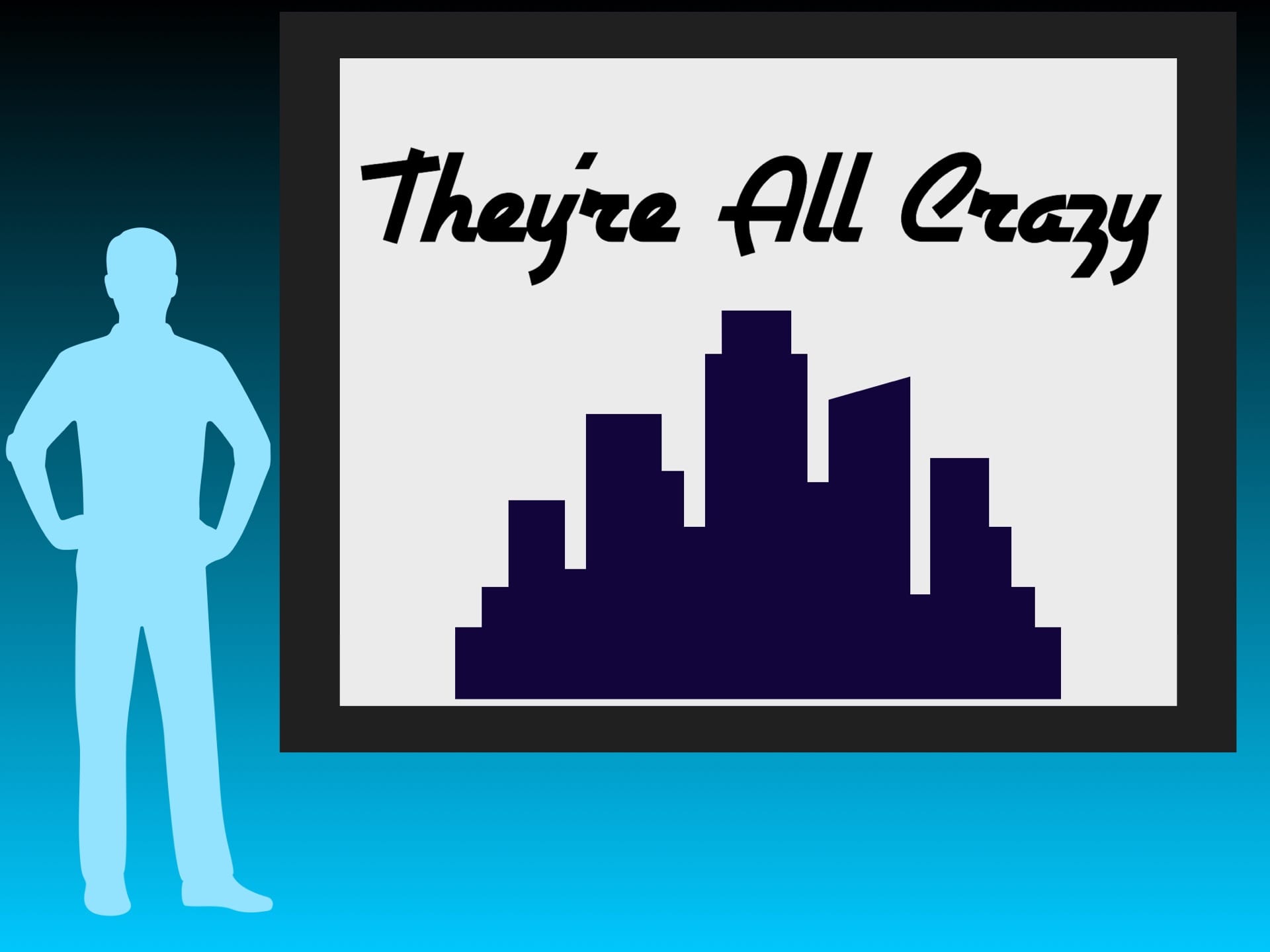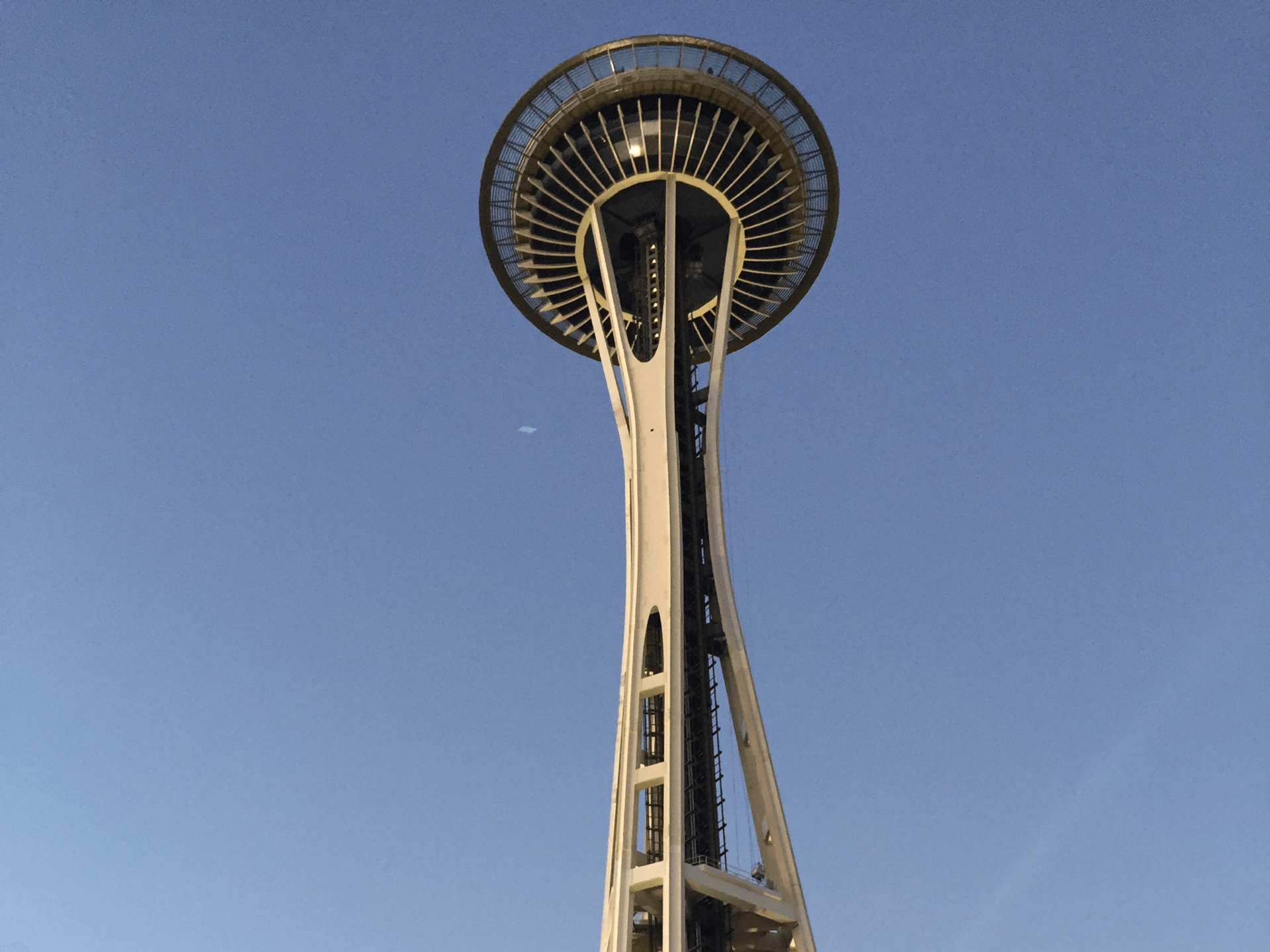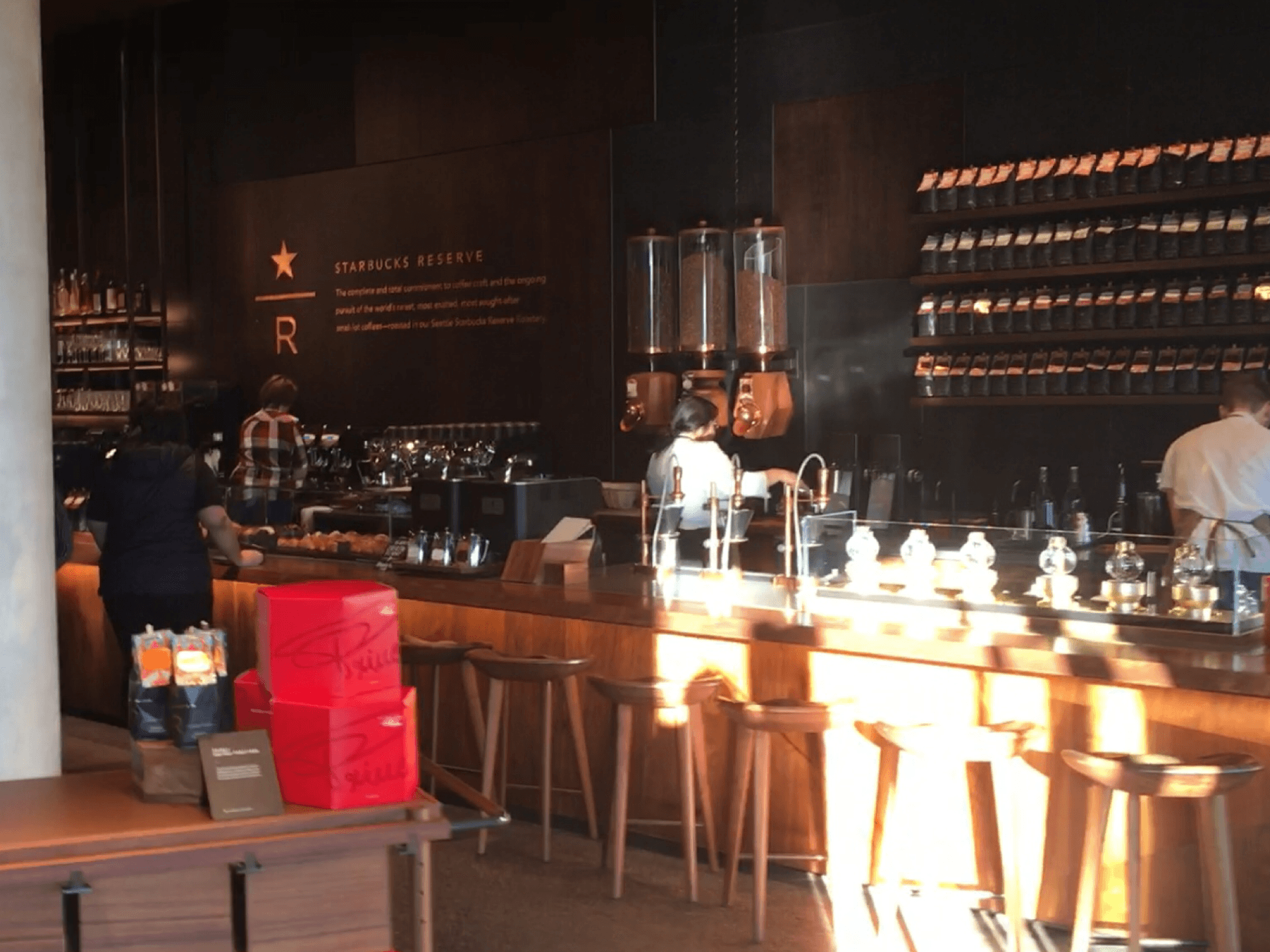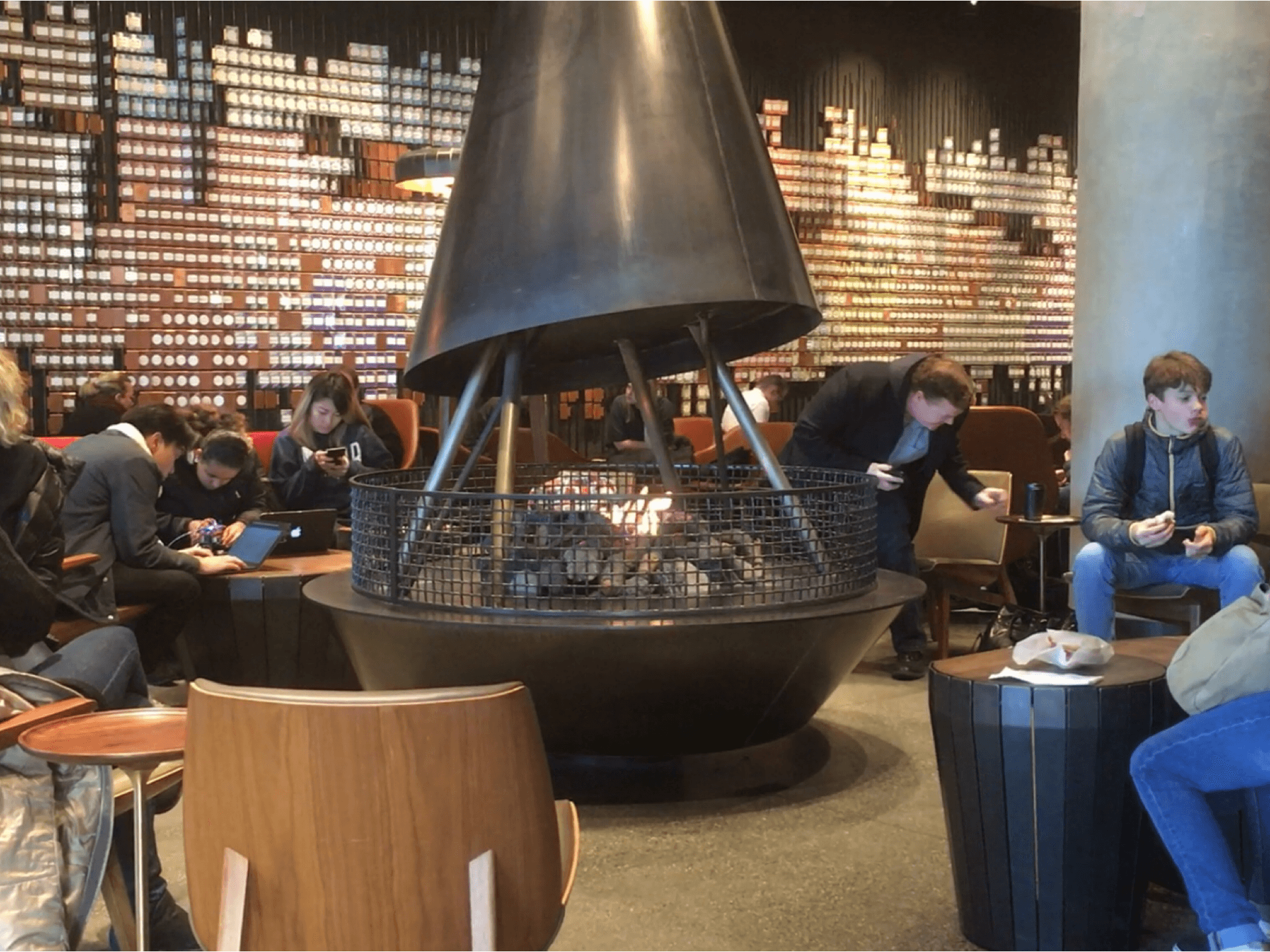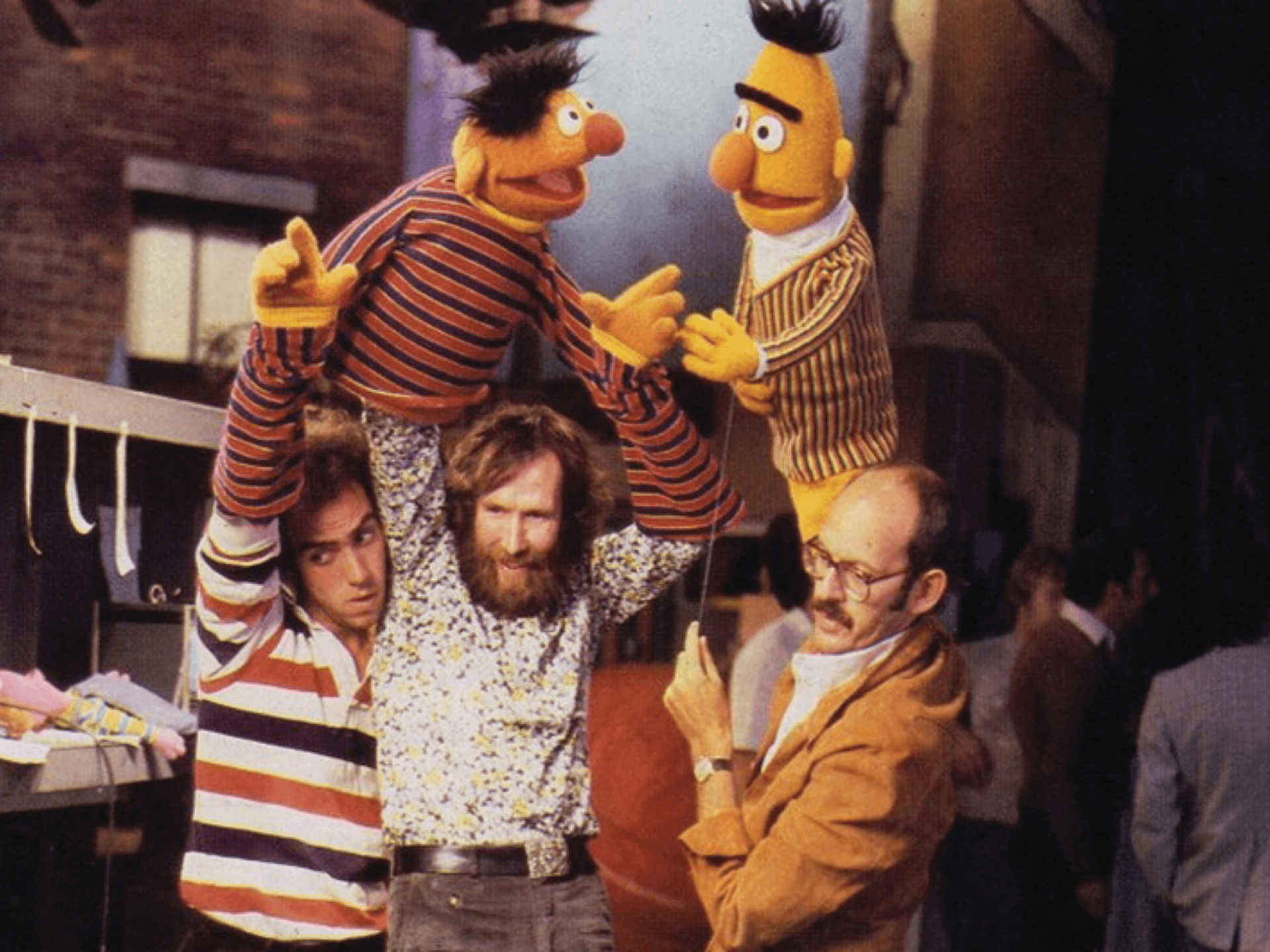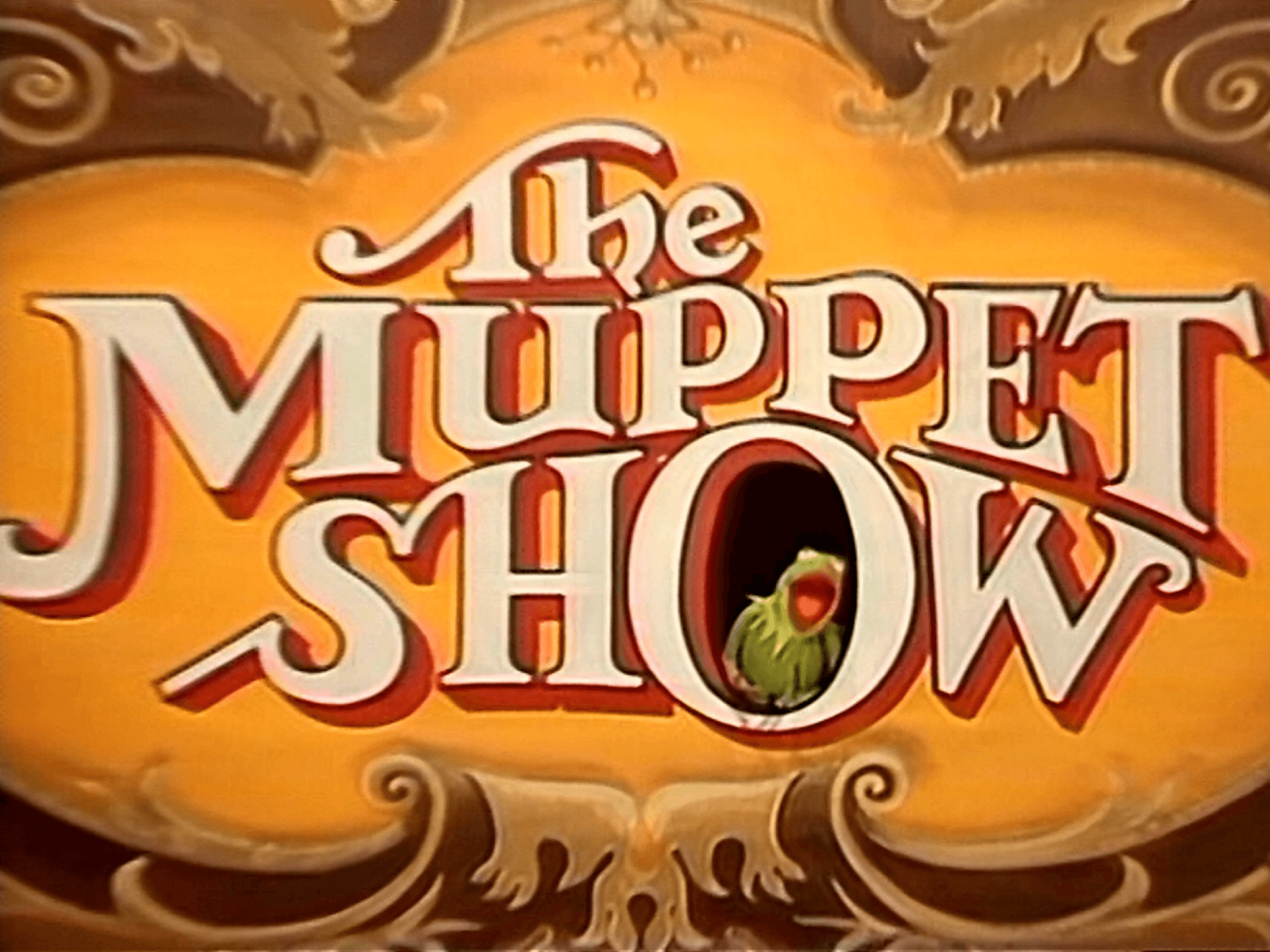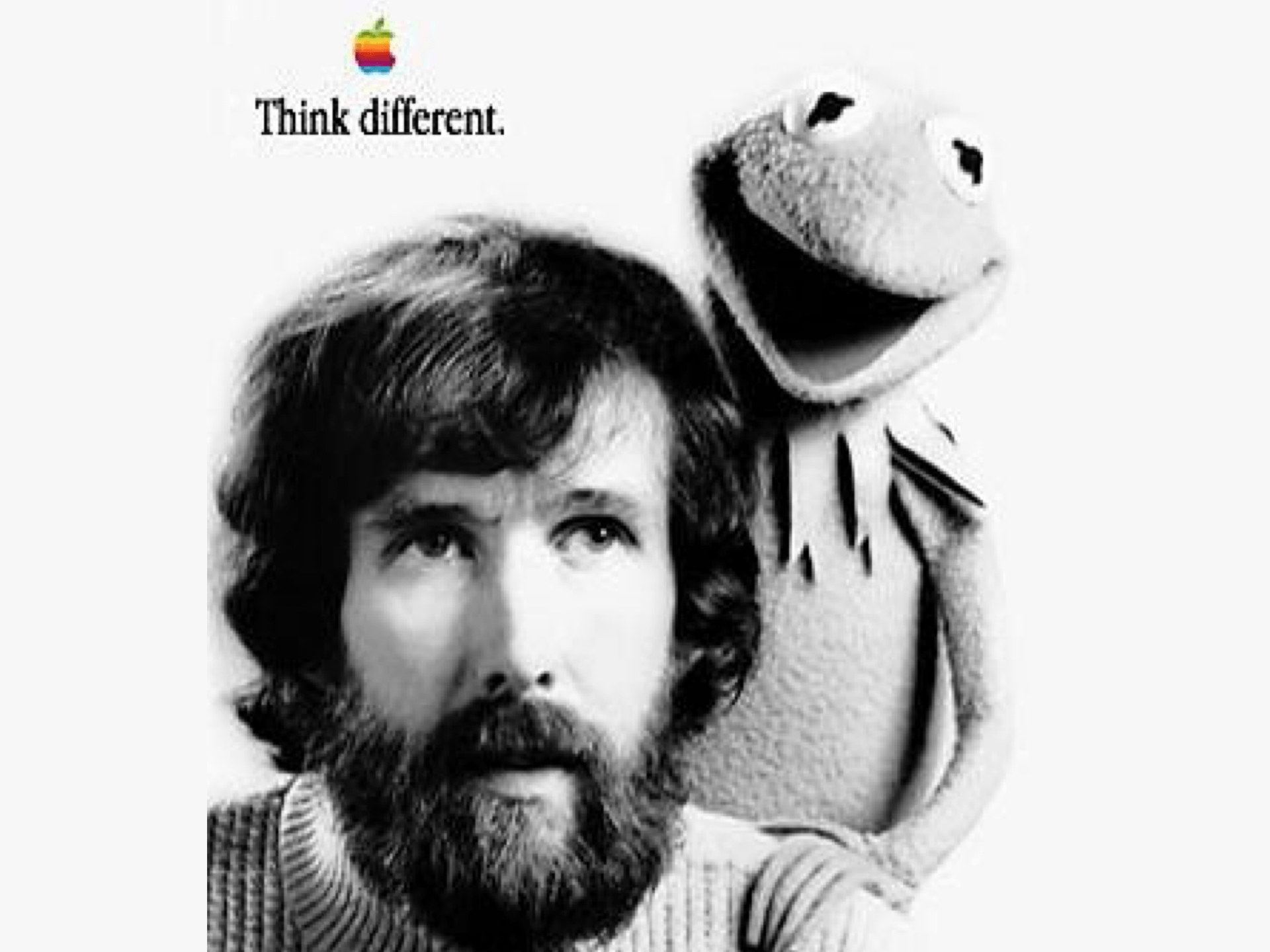As is a part of PLP, we always go on an interesting Field School. I also find a theme to connect the trips, such as The Journey East. This year, we follow the same trend, though I guess it’ll be a bit more circley. Anyways, this is South.
This post is also part of the Cray Cray unit and series of three posts! The other posts explain the introduction into our unit, and the end result.
I would just like to start by saying that Seattle is the American version of Vancouver.
So, if you’ve read the other Cray Cray posts, you probably know the gist of this unit, and our focuses and such. But if not, let me explain. We’ve been working with the idea of Crazy, and why it takes a crazy person to change the world. We have studied several people, and ideas based in Seattle, who demonstrate this idea of crazy.
The first thing we did (that I haven’t already explained in other posts) was an essay based around this question. We chose different Seattle based people, and explained what made them crazy. I chose Stan Lee, Paul Allen and the Wright Brothers. It was very interesting, as it was not an in-class essay. We also had to learn how to do MLA formatting. This is SO annoying, but it is good to know.
With all this prior knowledge, we set off at 5 O’CLOCK IN THE MORNING to Seattle. I didn’t like that part. But the rest of the trip was amazing, and what this post is about. Don’t let my rambling fool you, that is where this is going.
The PROJECT part of the trip was a video. We were put in groups based on our essay people and had to film on location while in Seattle. My part in this was writing the script, and the screenplay. This was a bit difficult, seeing as we weren’t exactly sure what was at each place. I am pretty proud of the script, and I didn’t need to do tons of revision. One thing I would do next time is have a clearer outline of the interviews. We did get some, and a few were very good, but I feel as though the questions could’ve been more structured.
K. Seattle. Learning. I did learn a lot on this trip, but wether or not it was the stuff the teachers wanted us to learn is another story. We went to a ton of places, and I don’t really want this post to go on forever. So, I am going to explain a few of my favourite places, and places I learned a lot.
Microsoft Garage
Microsoft was the first place we went in Seattle. We first went on a tour, and as much fun as that was, this is not the section called ‘Microsoft Tour’. This is the Microsoft Garage section, which probably doesn’t make sense unless you went with us. The Microsoft Garage is a place in Microsoft where they come up with new ideas, and have the resources to make them! It was amazing, and we got a super cool tour from Dude Who’s Name I Can’t Remember. He talked about the things they do there, and the process in which they make things. What was really cool was that a lot of the ideas that he talked we use in PLP. It’s nice to see that the things we do in PLP aren’t totally mental.
Also with Dude Who’s Name I Can’t Remember we talked about ideas, and passion. You have to be passionate, involved with your idea, for it to come to fruition. He said how the best things come from a diverse team. This idea really makes you think. Maybe it’s why our teachers always make us work with different people. We’ll never know.
Living Computers
The Living Computers lab was super cool, like legit amazing. They had technology from decades ago, showing the beginning of computers, the highs and lows of the industry. It’s crazy to think how technology that once too up entire rooms, and entire buildings, can now fit in our pockets.
There were arcade games, and remote control robots, it was amazing. But the thing was, because there was lots of old technology, there was a really high pitch sound resonating from said technology. It hurt my head, and mildly negatively impacted my time there. It was still amazing though.
Chihuly Garden and Glass
Dale Chihuly is a very controversial figure. I talk about him a bit in my PechaKucha, and that’s probably enough. Just watching that would be enough. Anyways. We went to the Chihuly Garden and Glass. It was crazy. The art sculptures on display was fantastically inspiring. It’s amazing.
During the trip, I think I had a hard time living in the moment, as I was always thinking about what we needed to film for the video. If I were to go back, I think I would focus on the present, and having fun rather that all work. Good thing my friend is making me go back to Seattle during spring break!
Also while in Seattle, we were ‘locked in a room forced’ to write a paragraph about crazy ideas. It took many, many drafts, so it will be shared to the world. And yes, I copied it from the original because you deserve to be able to read it without going to another page. It is at the top in the HotBox accordion.





